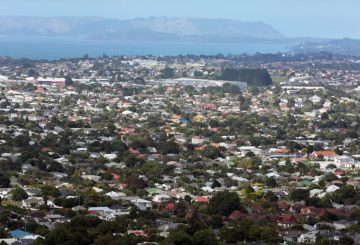Iminumungkahi ng isang dalubhasa sa patakaran na ang mga rating ng bituin ng kalusugan ay dapat na sapilitang sa lahat Ang sistema ng rating, na nasa loob ng 10 taon, ay hindi sinaseryoso, sabi ng Health Coalition Aotearoa, matapos itong nabigo sa kamakailang pagsusuri. Natagpuan ng isang pag-aaral ng University of Auckland na 30% lamang ng mga produkto ang may health star rating (HSR) noong kalagitnaan ng 2023, isang bahagyang pagtaas mula sa 25% noong 2019. Sa Australia, 36% ng mga produkto ay nagpakita ng isang HSR noong 2023.
Ang boluntaryong sistema ay isang programa ng pamahalaan sa pakikipagsosyo sa Australia, na naglalayong 50% ng mga produkto na magpakita ng isang HSR sa Nobyembre 2023, at 70% sa pagtatapos ng 2025. Naniniwala si Dr. Sally Mackay, co-president ng panel ng eksperto sa patakaran sa pagkain sa Health Coalition Aotearoa, na ang paggawa ng sistema ay mahalaga upang labanan ang hindi magandang resulta sa kalusugan na nauugnay sa diyeta.
Tinutulungan ng sistema ng HSR ang mga mamimili na pumili ng mas malusog na produkto sa loob ng isang partikular na kategorya ng pagkain, na may mga rating mula kalahating bituin hanggang limang Gayunpaman, sinabi ni Mackay na ang system ay hindi kapaki-pakinabang kung hindi ito ipinapakita sa mga produkto. Walang gastos para sa mga kumpanya na sumali, maliban sa gastos sa packaging upang ipakita ang logo.
Itinuro din ni Mackay na madalas na iniiwasan ng mga tagagawa ang pagpapakita ng rating sa hindi gaanong malusog na mga produkto, dahil itinatampok nito ang kanilang mahinang kalidad ng kalusugan. Idinagdag niya na habang ipinapakita ng HSR ang kalusugan ng pagkain sa ilang antas, hindi nito ipinapahiwatig ang antas ng pagproseso. Ang layunin ay hikayatin ang mga tao na pumili ng hindi gaanong naproseso na pagkain.
Iminumungkahi ni Mackay na ang sistema ay dapat gawing sapilitang pagkatapos maging nasa lugar sa loob ng 10 taon. Inirerekomenda din niya ang pagdaragdag ng mga label ng babala upang ipahiwatig ang mga pagkaing mataas sa asin, asukal, at taba, isang kasanayan na ginagamit sa mga bansa sa Latin





























































